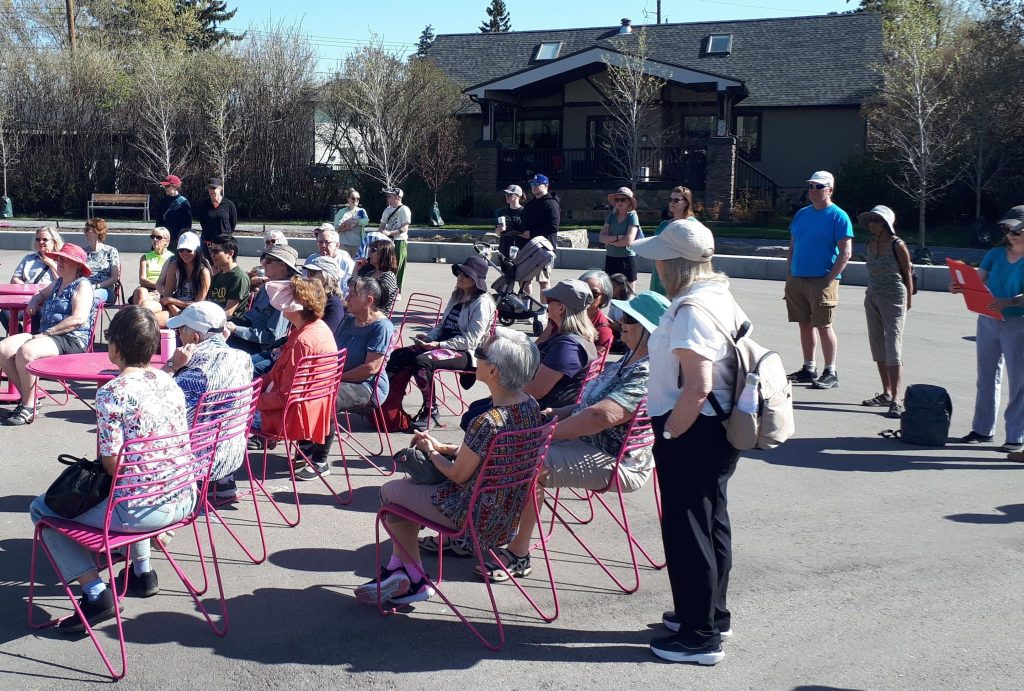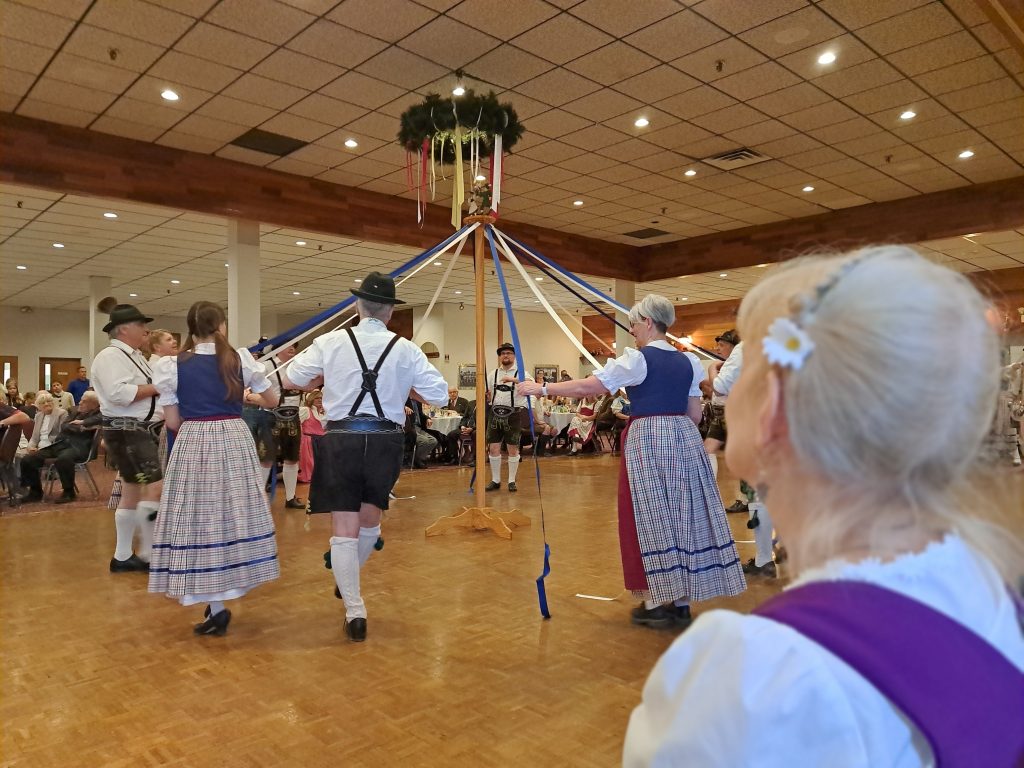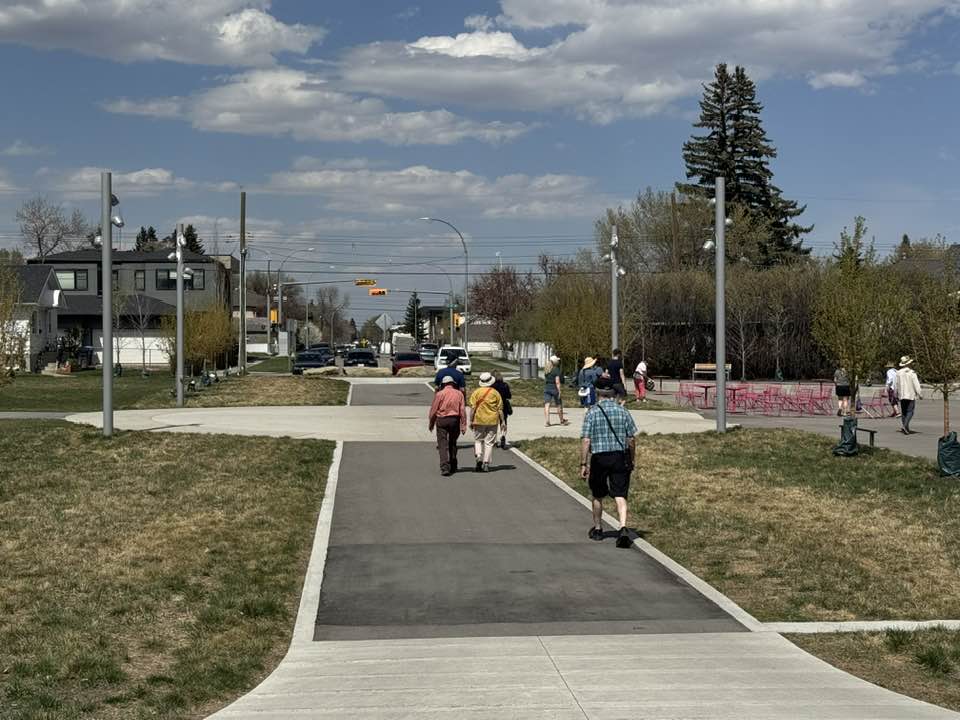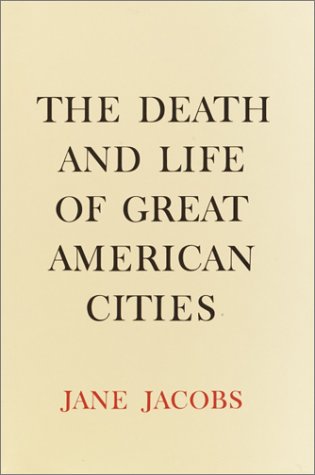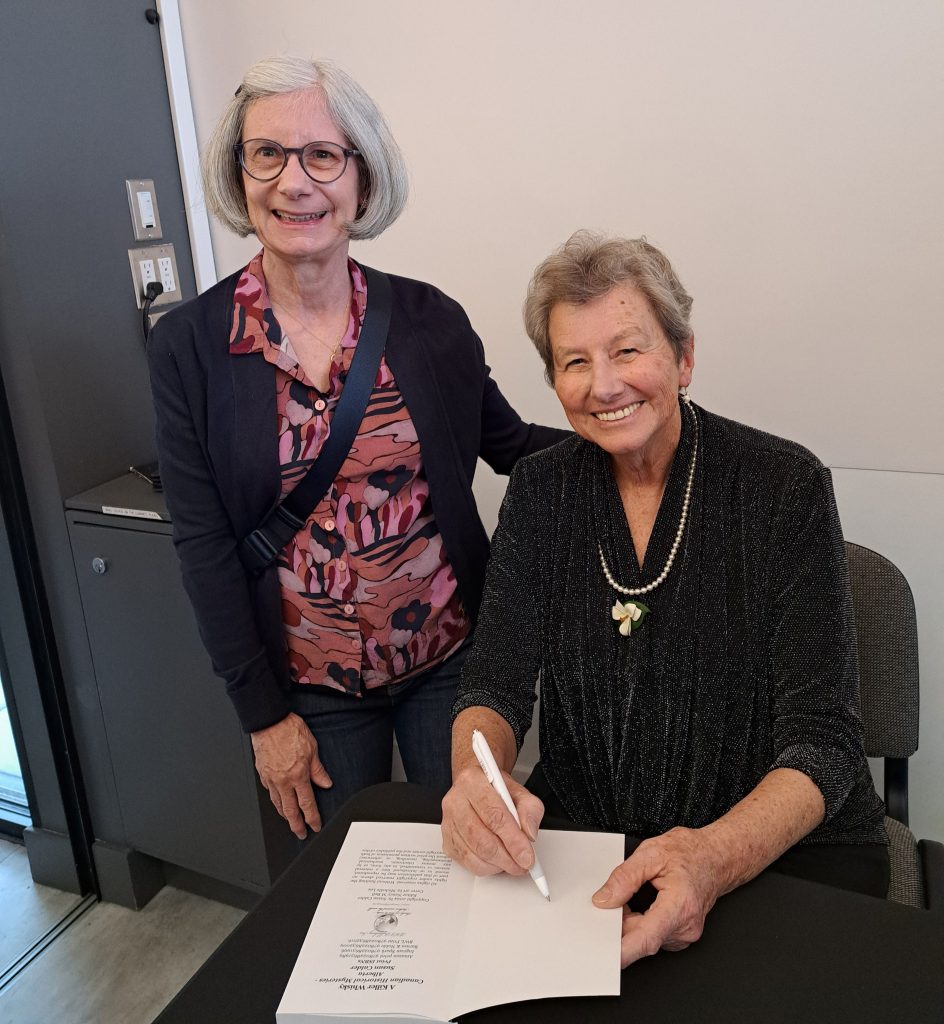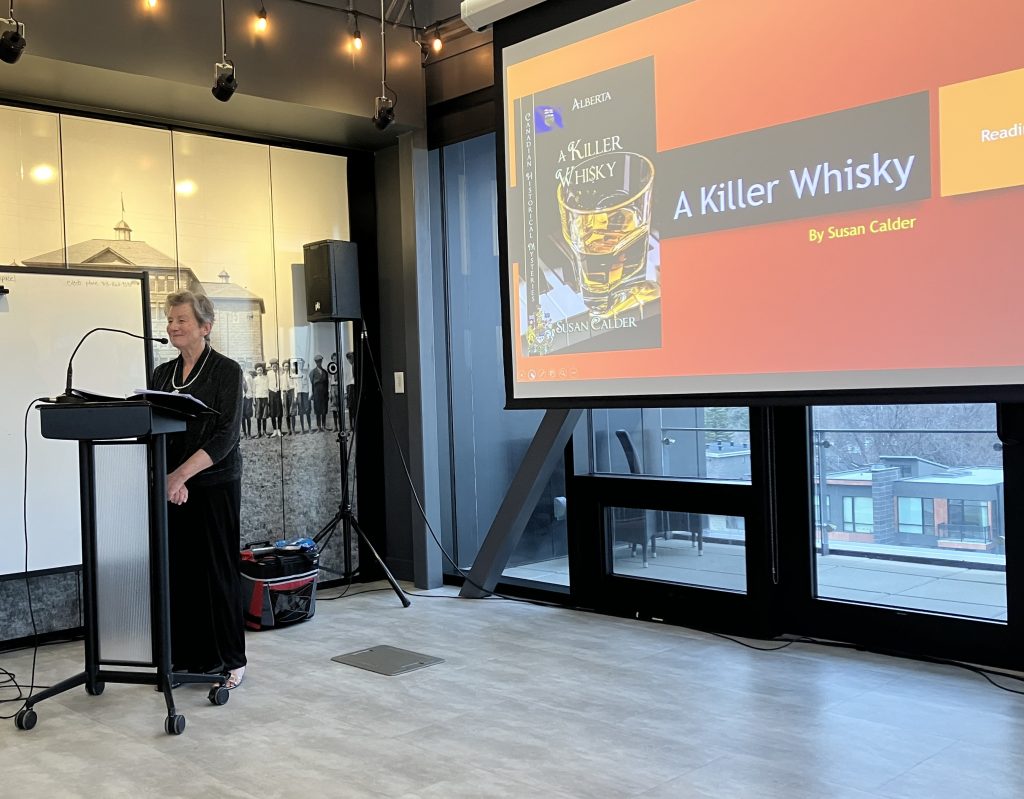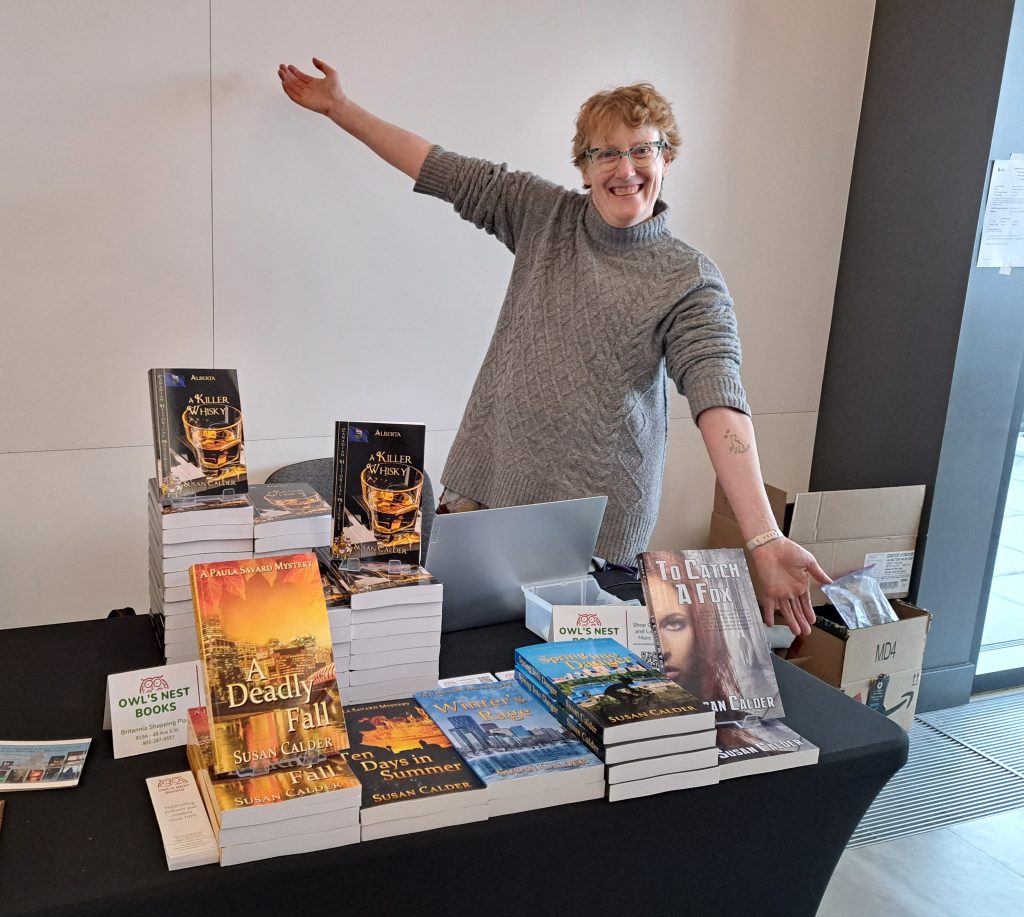My project this winter was to declutter the Calgary home I’ve lived in for twenty-nine years. My husband Will and I loaded fifteen boxes of books into our car to donate to charity book sale. Will sold our old foosball table and other items of some value on Kijiji. We filled an old suitcase with items to bring to our son in Ottawa for him to keep or sell in his neighbourhood garage sale.
The Great Glebe Garage Sale takes place annually in Ottawa the fourth Saturday in May. About a third of the homes in the Glebe neighbourhood participate. Shoppers come from all over the city and make the event into a festival. People line the sidewalks, food trucks set up on main streets, and flea market vendors rent spots in the high school yard.
This year, our spring visit to Ottawa corresponded with Great Garage Sale. Will and I helped sell items to the thousand or so people who browsed the goods that lined our son’s driveway. Our old suitcase sold for $10. A woman paid $25 for a dilapidated rocking chair that had belonged to my grandparents. She plans to refurbish it into a cherished antique.
Two weeks after The Glebe, my Calgary neighbourhood hosted a Parade of Garage Sales. Will and I were inspired to give it a try. From the Parade organizers and our son, we picked up a few garage sale tips.
- Painter’s tape is good for price stickers since it peels off easily and cleanly
- Elevate items as much as possible, using TV tables and boxes in addition to regular tables
- Organize items by categories and prices
- Wear a fanny pack for holding coins and bills
- Have lots of coins and small bills on hand to make change
- Offer deals: 2-for-1bundles, or “fill a bag” for $5
As it turned out, we didn’t need the change since almost everyone paid with coins or small bills, and the deals didn’t entice people to add to their own clutter, although our neighbour bought our whole box of fridge magnets for one dollar.
We generally priced our goods lower than our son did his because our prime goal was to get rid of stuff and we knew our shoppers would be a fraction of the Great Glebe’s. Our first buyer arrived a half hour before the official start and got first dibs on our vintage board games and other items. We heard the word “vintage” several times that day, which was nicer than saying “junk.” People enjoyed nostalgic moments at the sight of toys they recalled playing with as children. A woman reminded me that I’d bought my abacus in Hong Kong 50 years ago.
Another woman fell in love with a heavy mirror in a carved wood frame that had been on my father’s wall. She bought it for five dollars. My father liked garage sales and collecting “vintage” goods. He’d be happy the mirror went to this woman rather than remain stashed in my basement corner.
It was great to see bulky items go to people who’d appreciate them. My old guitar with broken strings, a folding lawn chair that we’d found uncomfortable, a bean bag game we hadn’t played in years.
A lot of stuff was left over at the end, including a ping pong table. But the table’s large surface was so handy for displaying items like board games that we don’t mind storing it disassembled in the garage for a future garage sale.
Yes, we’ll probably do it again. Garage sales seem to run in my family blood and one of these years I’ll convince Will to sell his “vintage” childhood wagon that a few of our buyers spotted in our garage.
Now our task is to throw out the real junk, pack up China and household items for Goodwill donation, and return a few unsold things to our house to keep until next year. I’ll return my abacus to the wall unit as a source of Hong Kong memories instead of a piece of clutter.
The sale has also inspired our next project — to clean up and organize the garage. It will be a pleasure to drive inside, when there’s finally room again for the car.


